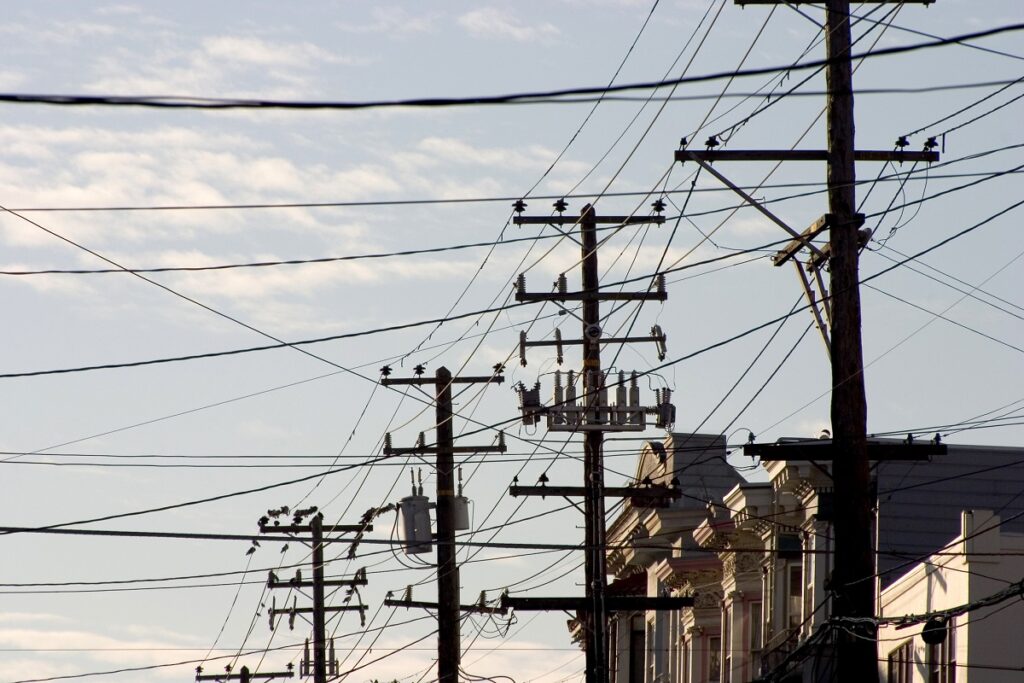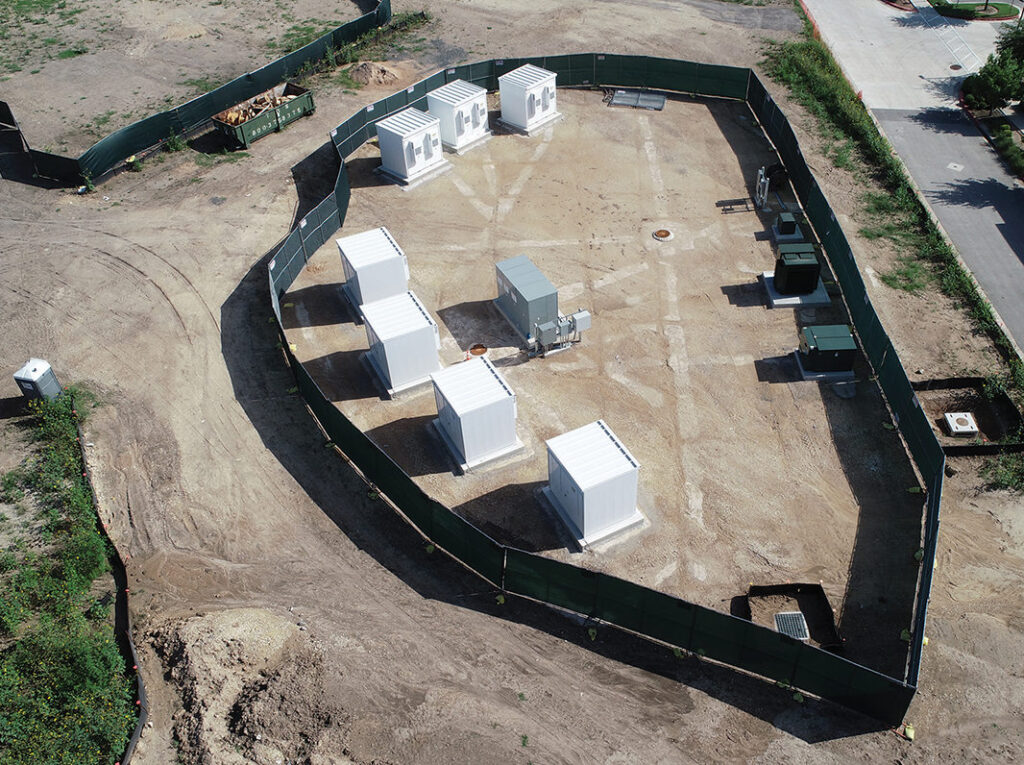Impacts of FERC Order 2222 on Asset Health

Landmark FERC Order 2222 opens doors to a new era of energy participation where distributed energy resources (DERs) take a center stage in regional wholesale markets.
Members of Utility Analytics Institute (UAI), a utility-led membership organization supporting utility analytics professionals and utilities of all shapes and sizes, are sharing knowledge and exchanging ideas around utility analytics in community conversations and presentations. In this month’s Asset Health Community Conversation, Joe Nyangon, Ph.D., Senior Power and Utilities Consultant at SAS, delves into the impact of FERC Order No. 2222 on the U.S. energy market, its underlying motivations, and potential challenges ahead.
FERC Order 2222 has transformed the energy landscape by mandating regional grid operators to integrate distributed energy resources (DERs) into their wholesale markets. These DERs include solar photovoltaics (PVs), electric vehicles, energy storage, front-of-the-meter auxiliary load control resources, residential demand response devices like smart thermostats and water heaters, etc. However, implementing Order 2222 presents challenges and changes in responsibilities for RTOs/ISOs, transmission utilities, and distribution utilities. These challenges encompass market readiness, reliability certifications, communication, data sharing, ensuring a clear division of roles between distribution and transmission market operators, and managing scheduled outages, among other important considerations. Key considerations involve transparency, accountability, and the role of analytics in supporting DER aggregation and distribution networks to enhance market efficiency.
“Imagine a world where every rooftop is adorned with solar panels every gust of wind powers our homes, and every electric vehicle contributes to a smarter, greener grid. Today, we have an Order that seeks to steer the industry on this journey through the transformative landscape of FERC Order 2222.” Dr. Joe Nyangon
In a quest to understand the energy and utility assets that are likely to be affected by FERC Order 2222 and its implications on their health, Dr. Nyangon takes a step back and contemplates the evolution of energy systems over the next 25 years. What form will the energy transformation take during this time period? What issues will drive a shift in the energy landscape?
What is FERC Order 2222 and what does it do?
- What is its mandate and how do ISOs/RTOs comply?
- How will FERC Order 2222 affect ISOs/utilities?
- When should utilities begin developing market rules to implement FERC Order 2222 in order to address the challenges associated with it?
FERC Order 2222: The top 5 trends driving DER aggregation and integration:
- DER generation and deployment
- Decarbonization
- Electrification
- ESG and climate change
- Digitization
What does FERC Order 2222 mean for utilities?
- What are the main use cases that FERC Order 2222 will unlock in wholesale electricity markets?
- What are the benefits of FERC Order 2222 to retail electric consumers?
End-to-end DER orchestration: Asset health portfolio considerations and use cases.
- Impact on solar photovoltaic (PV) systems assets
- Impact on wind fleet assets
- Impact on energy storage systems
- Grid stability phasor measurement unit (PMU) edge to cloud streaming
Key issues that have emerged during the implementation of FERC Order 2222:
- Unclear Coordination: The method for achieving coordination among ISOs, regulators, DER aggregators, and utilities remains ambiguous. How will jurisdictional issues, such as interconnection and deliverability of generation, be effectively resolved?
- Flexibility Allocation: Many flexibility requirements have been delegated to ISOs. However, determining the appropriate level of flexibility allocation remains a concern.
- Balancing Utility Participation: Striking the right balance between incentivizing utilities’ engagement while preventing unnecessary barriers requires careful consideration.
- Handling Heterogeneous Aggregations: Addressing how ISOs will manage diverse aggregations, including hybrid resources, poses a challenge.
- Locational Requirements: The extent of locational requirements for DER aggregations remains uncertain—how restrictive or expansive they will be is still to be determined (e.g., nodal, zonal, or regional).
- Capacity Thresholds: There are concerns about whether the designated maximum capacity requirements might be set too low.
FERC Order 2222’s effect on the future of DER aggregation and integration
- Asset health and optimization
- Market access for DERs
- Improved grid flexibility
- Decarbonization resilience
- Renewable energy integration
- Challenges ahead
***The Impacts of FERC Order 2222 presentation is available to UAI members only.
Would you like to learn more about how UAI members work together to solve problems and identify opportunities for using data to drive the decision-making process as they move together up the Analytics Maturity Curve? Consider becoming a member of UAI today.
UAI members can access the Impact of FERC Order 2222 on Asset Health video and downloadable article two ways:
- SAS Analytics Insights Community. Not a member of this community? Request to join.
- UAI Asset Health Community Library. Not a member of this community? Request to join.
Meet our presenter:
Dr. Joe Nyangon is a Senior Power and Utilities Consultant at SAS, leveraging his extensive expertise to assist energy and utility clients in navigating electrification, grid modernization, decarbonization, and digital transformation challenges. He is an IEEE Senior Member, a member of the Institution of Engineering and Technology (IET), and a Harvard Business Review Advisory Council member. He has over 15 years of industry and academic experience in power systems, infrastructure investment, and energy economics and regulatory policy. He has worked with energy clients across the US and worldwide, including electric and natural gas utilities, state and federal agencies and regulatory commissions, such as the U.S. Department of Energy, FERC, public service commissions, and regional grid operators (RTOs/ISOs). Dr. Nyangon earned Ph.D., MSc, MPA, and BSc. Eng. degrees from Columbia University, the University of Delaware, the University of Greenwich, and the University of Nairobi. He actively participates in IEEE, IET, IAEE, INFORMS, and PMI professional bodies.
Contact Dr. Joe Nyangon:
SAS Institute is a Solution Provider member of Utility Analytics Institute.





